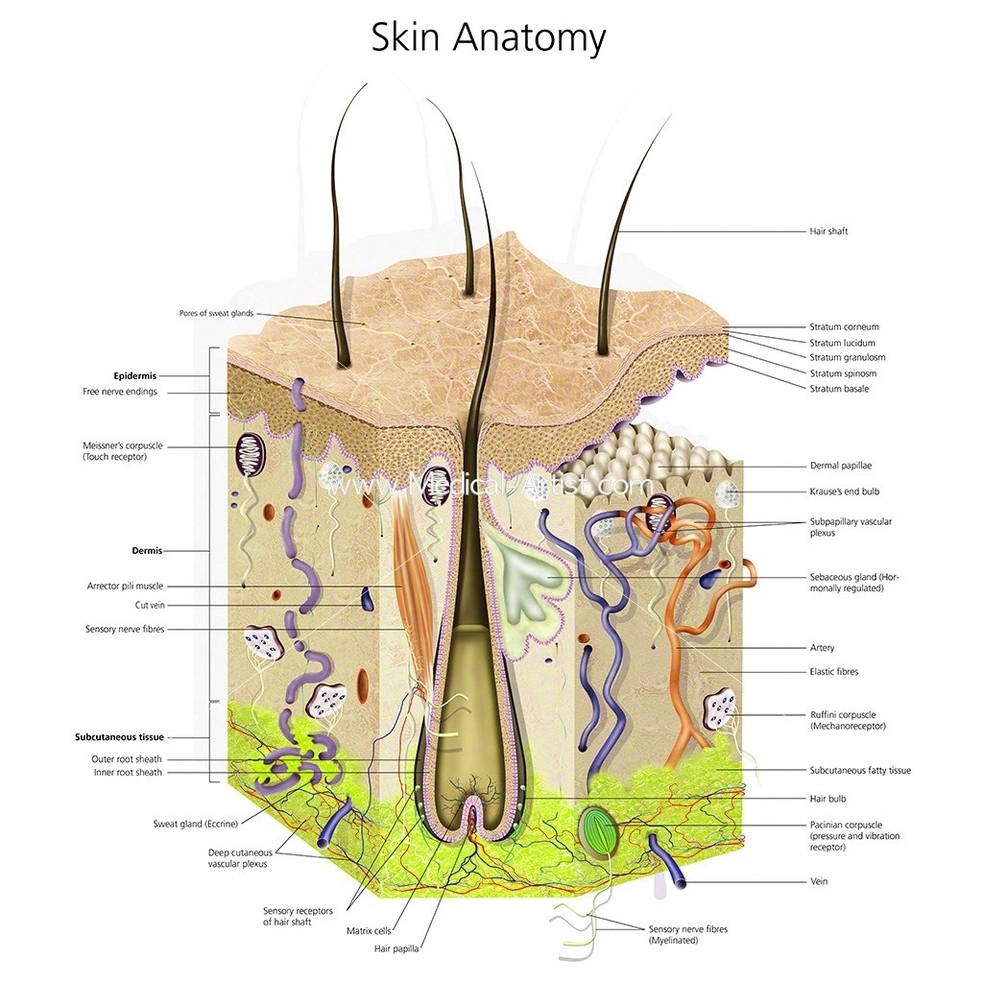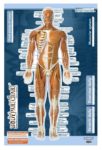The human brain, the central organ of the human nervous system, is a complex and vital organ made up of more than 100 billion specialized nerves. It controls all the metabolic functions of our body and is responsible for thoughts, interpretation, and control of body movements. In a brain label diagram, each region of the brain is labeled and accompanied by a description of its functions. This allows us to identify and understand the areas responsible for various cognitive abilities, such as memory, language, and motor control.
The human brain is divided into three main parts: the forebrain, midbrain, and hindbrain. Each of these parts comprises many smaller parts.
Forebrain: Also known as the Prosencephalon, the forebrain is the anterior part of the brain, which includes the cerebral hemispheres, the thalamus, and the hypothalamus. It also consists of two subdivisions called the telencephalon and diencephalon. The cerebrum, the largest part of the brain, occupies two-thirds of the brains volume and covers most other brain structures. It is involved in controlling major functions like our learning ability and emotions.
Midbrain: The midbrain, or mesencephalon, is the part of the brainstem that connects the hindbrain and the forebrain. This section of the brain is involved in functions such as vision, hearing, motor control, sleep and wake cycles, alertness, and temperature regulation.
Hindbrain: The hindbrain is located at the back of the head and is responsible for coordinating functions that are fundamental to survival, including respiratory rhythm, motor activity, sleep, and wakefulness.
It’s important to note that the brain is not just the sum of its parts. Each region of the brain does not function independently, but in coordination with other regions to process information and control responses. Understanding the labeling of the brain helps us to appreciate the complexity of the brain’s structure and its ability to perform an incredible range of tasks..


